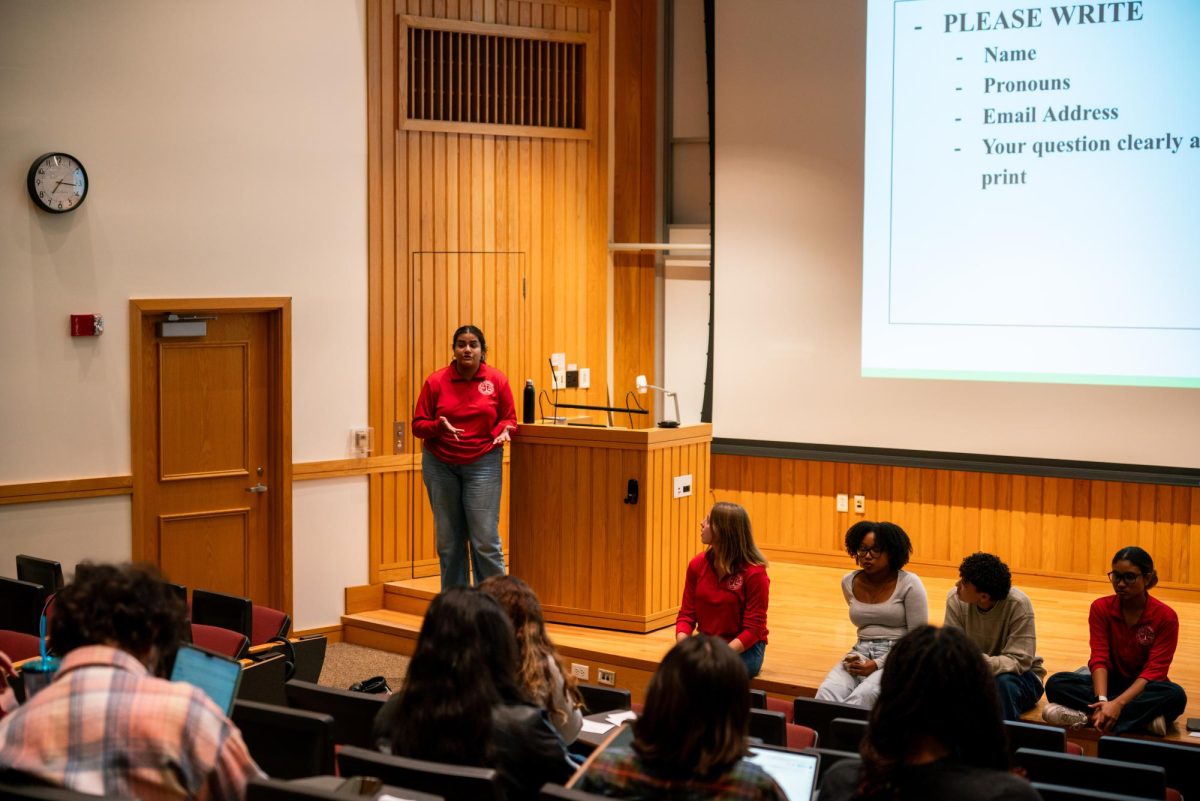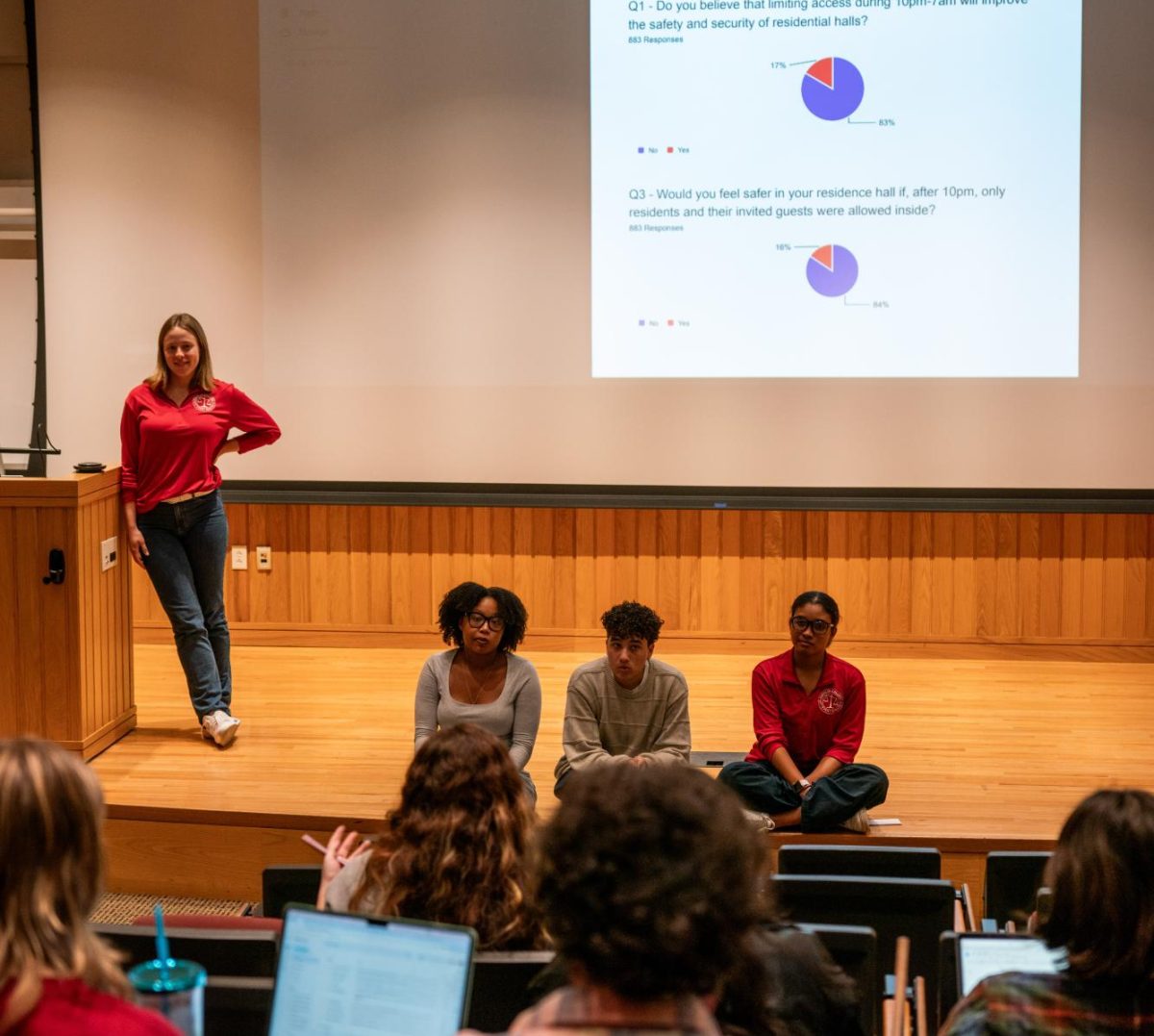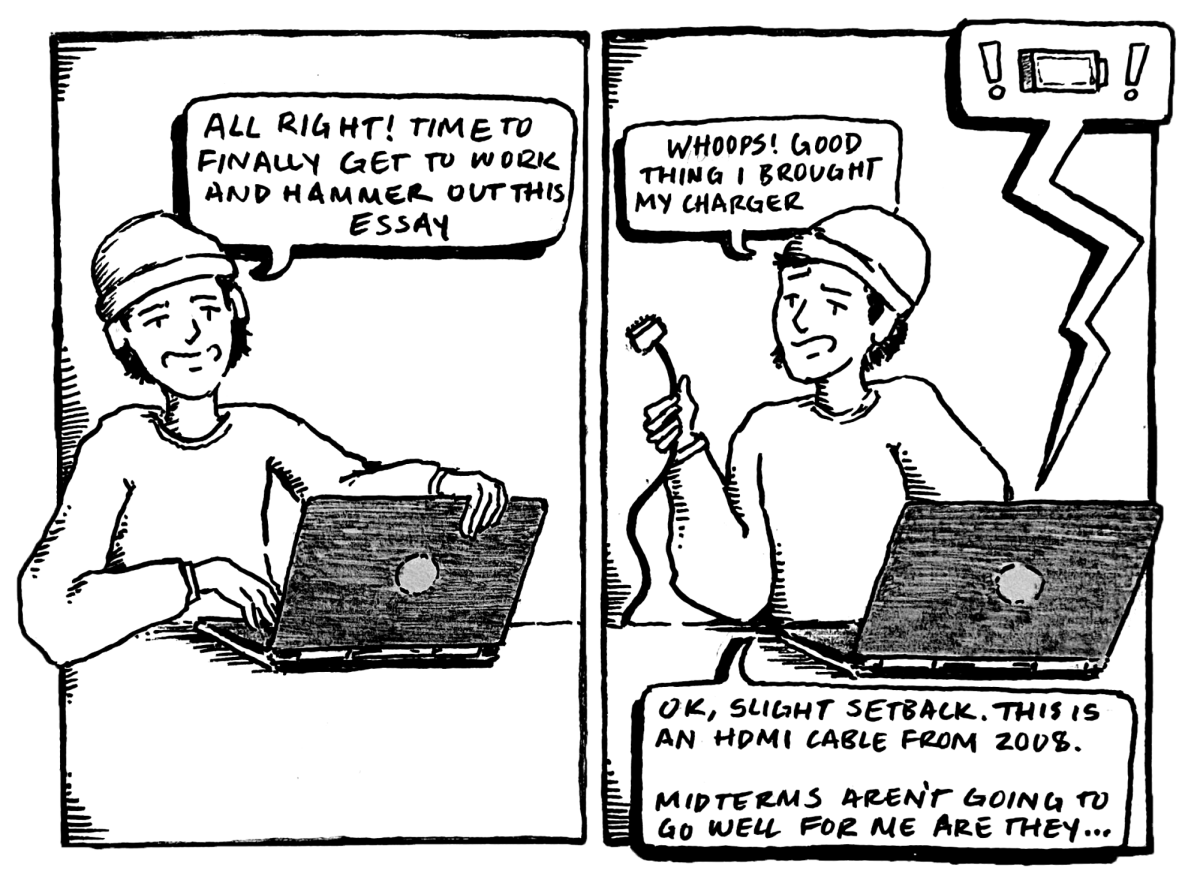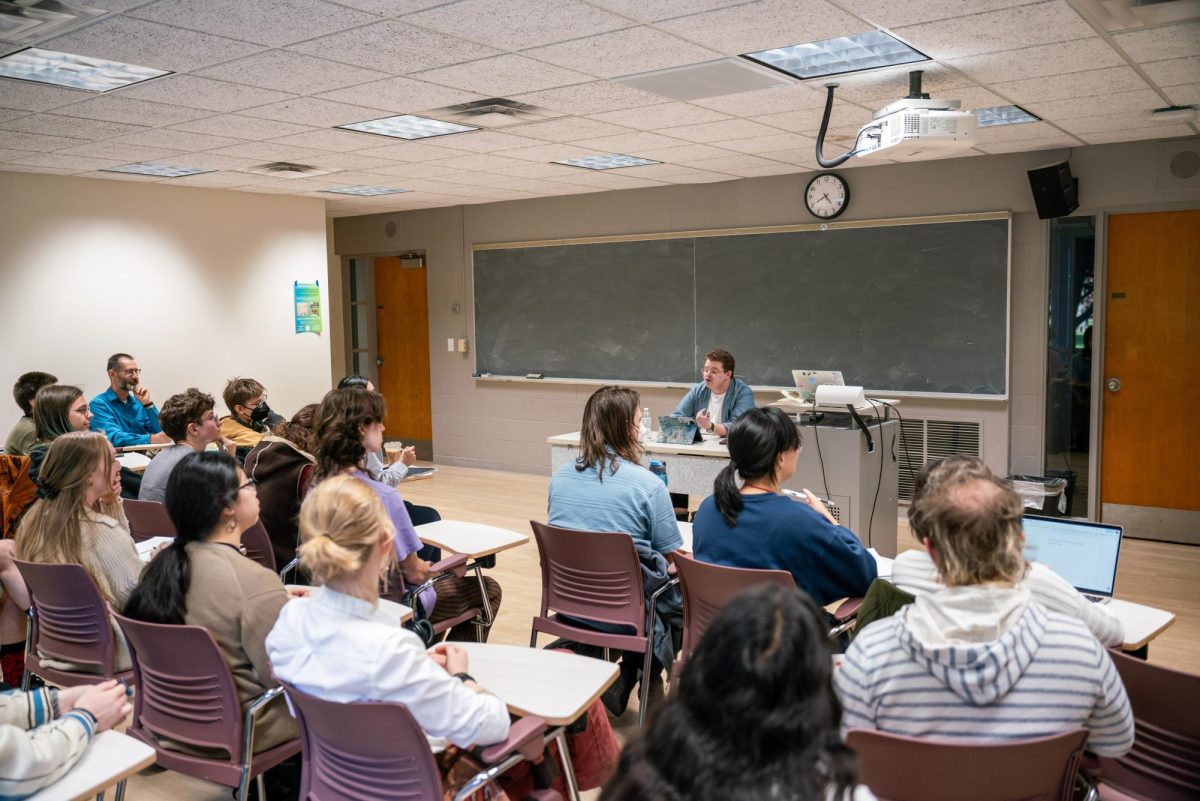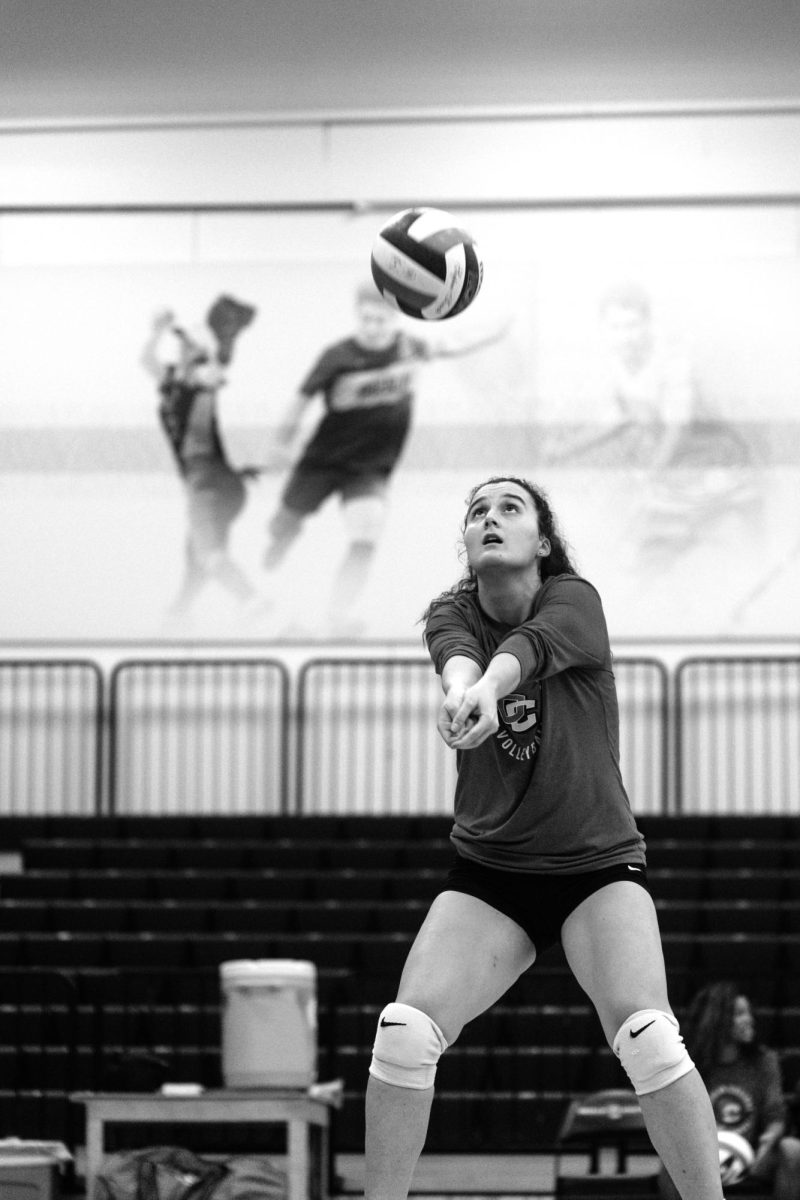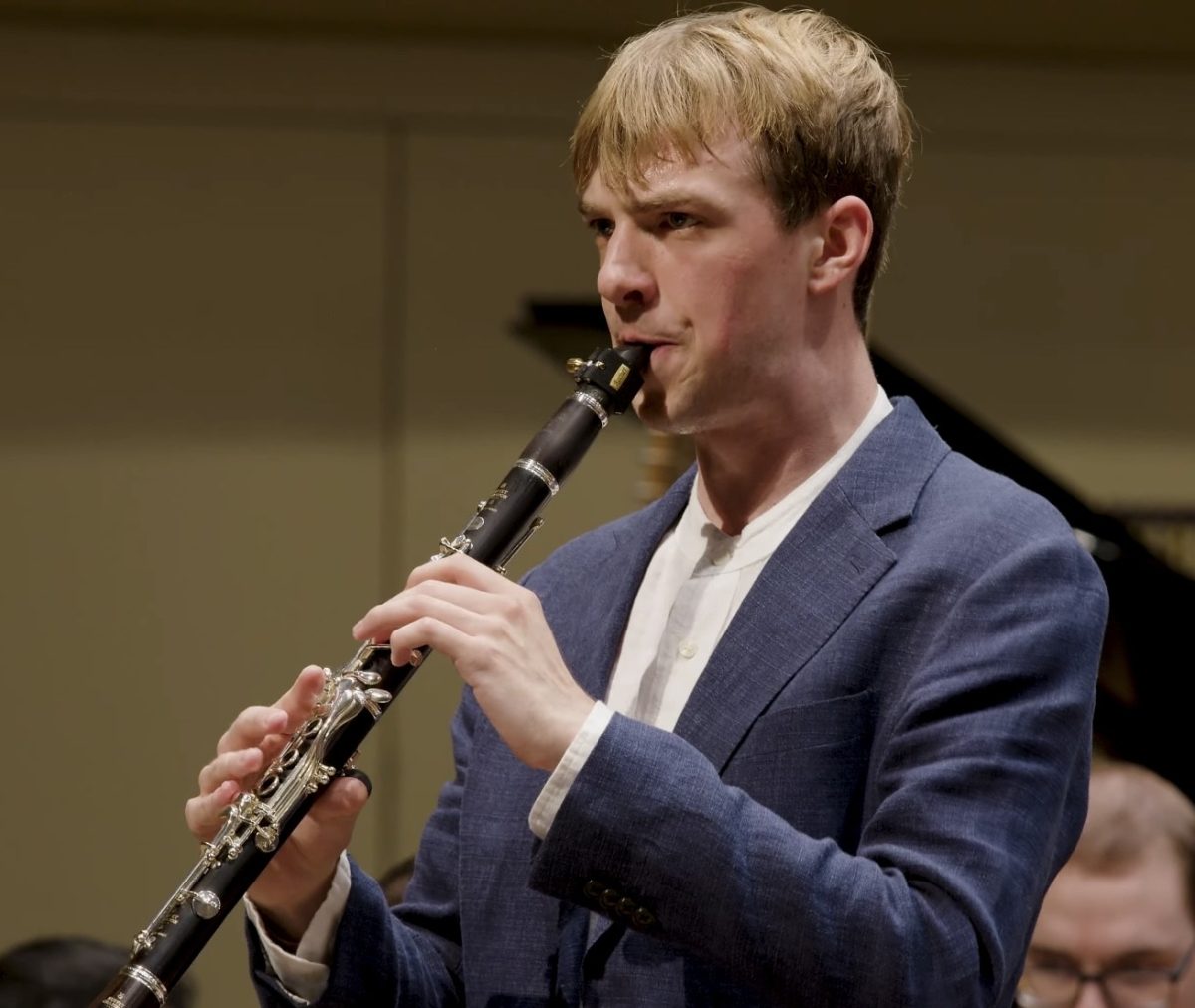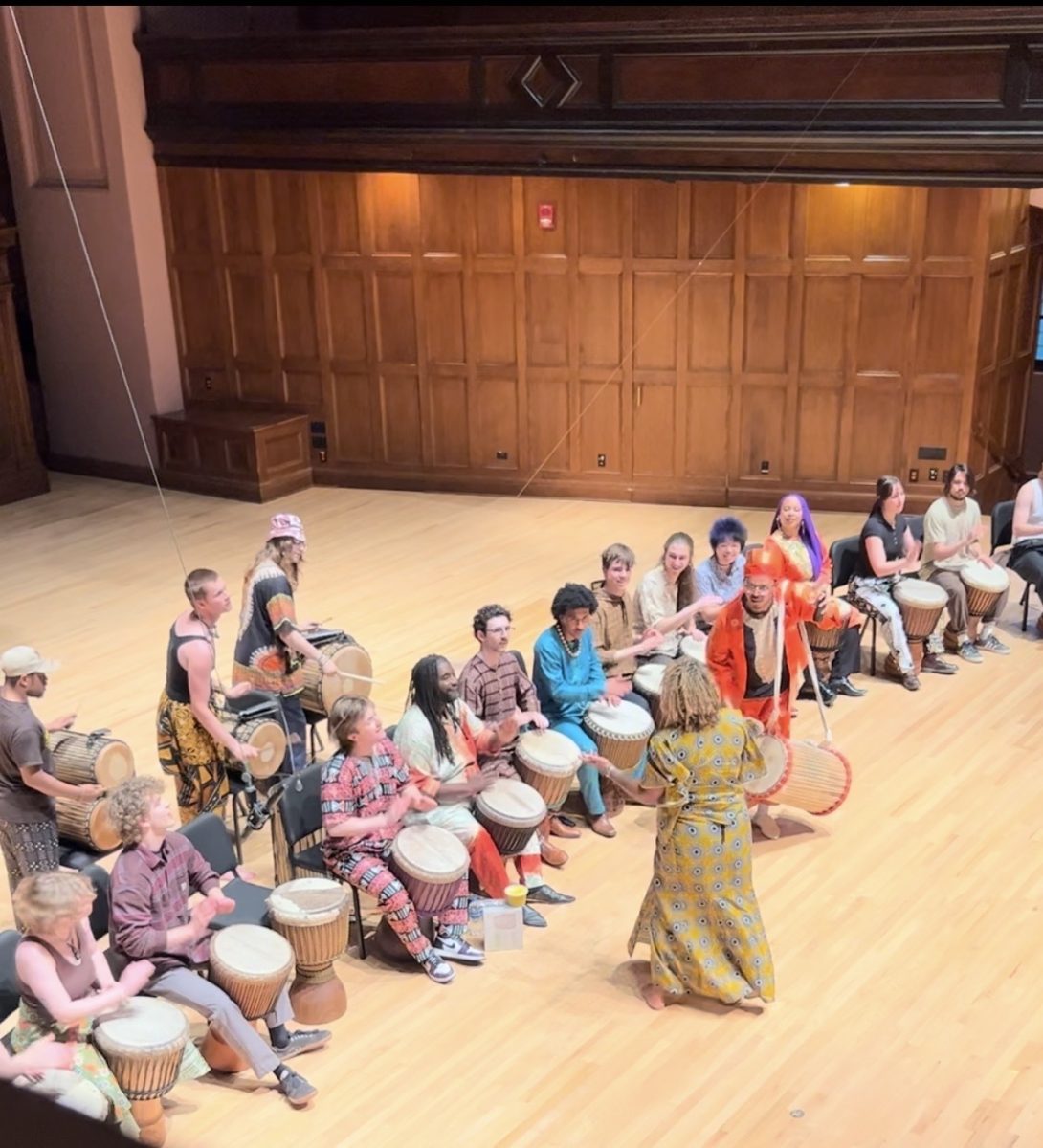James Ehnes Has Some Professional Fun
April 29, 2011
To kick off his performance as part of the Artist Recital Series, violinist James Ehnes greeted Finney Chapel’s audience with calmness and quiet charm. As he walked onstage with pianist and colleague Orion Weiss, Ehnes stopped in front of the piano, bowed and threw the audience a boyishly elegant smile. With his professional yet somewhat childlike persona, Ehnes forged a personal connection with his audience that seemed to say: “Let’s get down to business — but let’s have fun at the same time.”
Hailed as “the Jascha Heifetz of our day” by Canada’sGlobe and Mail, Ehnes, a native Canadian, reserves the right to “have fun” with audiences worldwide. With a Grammy, Gramophone and six Canadian Juno awards under his belt, Ehnes has recorded Paganini’s 24 Caprices (violin e?tudes that display Ehnes’s technical brilliance and thoughtful musicality), as well as a plethora of other complex pieces, including all five of Mozart’s violin concertos. With this vast and all-encompassing repertoire, none of the audience members present in Finney Chapel should have doubted Ehnes’s ability to command the expansive program he performed this past Tuesday, featuring — among others — Igor Stravinsky’s Suite Italienne, Evard Grieg’s Sonata No. 3 in C minor and the obscure Mozart Sonata No. 20 in C major, K 303.
Ehnes began the night with his rendition of Stravinky’s Suite Italienne, an interesting choice due to its only partial focus on the capabilities of a violinist’s technique. Instead, Suite Italienne focuses on the violinist’s ability to convey Stravinky’s rhythmical stamp in the bow hand while maintaining flawless tone and phrasing. Suite Italienne ultimately served as an ideal piece to start the evening, decreeing Ehnes’ sound as natural, conditioned and powerful.
Suite’s placid and balanced classical motifs careened into capriciousness with the program’s next piece — Grieg’s Sonata No. 3 in C minor — which vacillates between phrases of passion, the questioning of these ardent feelings and the truthful conviction in them. Inspired by a home visit by the alluring 20 year-old violinist Teresina Tua, Grieg’s Sonata No. 3 was his final chamber work and sonata for violin.
Even amidst the emotional torrent of the piece, Weiss followed and listened to Ehnes with stunning precision. His accompaniment was honest, providing immeasurable stability for Ehnes’s frenetic playing, and his phrasing was concise, emphasizing the thoughtful and appropriate arrival points of the music.
The last two pieces of the program modeled after the same type of pattern presented in the first half, with an immensely dramatic work providing a counter-balance to a lighter-natured one. The Mozart Sonata No. 20 — which Ehnes referred to as a “sorbet cleansing the palate” — contained only two movements: Adagio, Molto Allegro and Tempo di Menuetto. Serving as a portal into the life of the 22 year-old Mozart — the age at which he composed the sonata — the piece was innocent and cute, lacking the blemishes of the bleak realities of Mozart’s later life. The light-hearted Mozart piece was then capped off with the Saint-Saens’ Sonata No. 1 in D minor which ends on a surprisingly jocular major chord.
As “the Heifetz of our day,” Ehnes certainly lives up to the reputation of his predecessor; however, unlike Heifetz (who was criticized for his cold, detached playing), Ehnes’s playing fully embodies the phrasing and tonal spectrum of a piece. Simply mastering violin technique is not his first priority. Rather, his playing serves as a bridge between the past and the present, producing a unique sound that is both modern and traditional.






